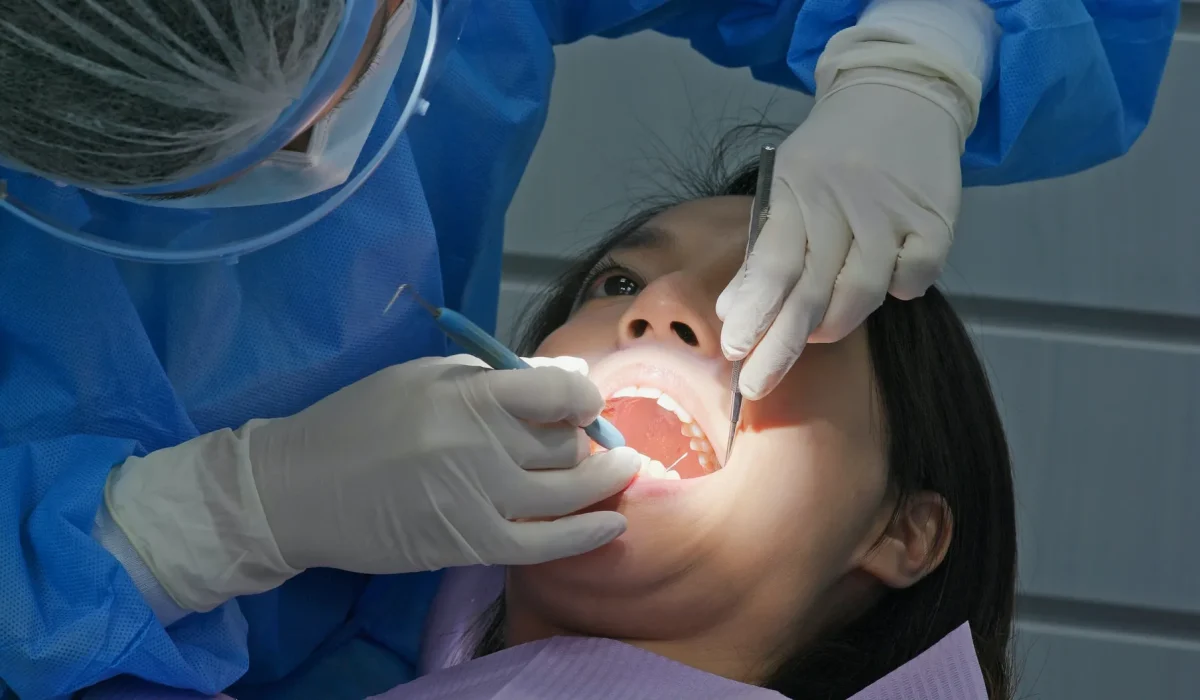Introduction to Sleep Dentistry
In the realm of modern dental care, sleep dentistry has emerged as a crucial development aimed at alleviating patient anxiety. Often, dental visits are perceived with a sense of dread, contributing to the avoidance of necessary treatments. Sleep dentistry, however, offers a solution to this conundrum, making dental procedures more approachable for those apprehensive about visiting a dentist Balwyn due to anxiety or past incidents with poor dental care.
Understanding Sleep Dentistry
Sleep dentistry, also known as sedation dentistry, encompasses a variety of techniques used to calm and relax patients prior to and during dental procedures. These methods range from mild sedation, which helps patients feel more relaxed, to deeper levels where the patient may not remember the procedure at all. Understanding the procedures, types, and benefits of sedation dentistry is key to appreciating its role in modern dental practices.
Types of Sedation Used in Dentistry
Dentists utilise several types of sedation to suit individual patient needs:
- Minimal Sedation: Patients remain awake but feel relaxed.
- Moderate Sedation: Patients might slur their words and aren’t likely to remember much of the procedure.
- Deep Sedation: Patients are on the edge of consciousness but can be awakened if needed.
- General Anaesthesia: Patients are completely unconscious during the procedure.
Each type of sedation has its specific applications and is selected based on the patient’s medical history, the extent of the dental work, and the individual’s anxiety levels.
The Benefits of Sleep Dentistry
For many, the benefits of sleep dentistry extend beyond mere anxiety relief. It facilitates a smooth dental experience, allowing dentists to perform procedures efficiently and with greater precision. Furthermore, patients who undergo sedation may require fewer visits, as complex procedures can often be completed in one sitting.
Enhancing Patient Experience
One of the primary advantages of sleep dentistry is its ability to transform the patient experience. Individuals who might have previously feared dental visits can now undergo necessary treatments without stress. As such, a relaxed state during dental procedures not only benefits the patient’s mental well-being but also contributes to physical recovery.
The Perspective of a Dentist
From the perspective of a dental team, it is beneficial to offer a supportive environment for integrating sleep dentistry into practice. The benefits are multifaceted, affecting both patient comfort and the efficiency of dental services. Dentists are able to deliver comprehensive care without the hindrance of patient anxiety, ultimately enhancing both satisfaction and treatment outcomes.
Conclusion: A New Era in Dental Care
Sleep dentistry signifies a pivotal shift in dental care, paving the way for a more patient-friendly approach. By reducing anxiety and creating a stress-free environment, sleep dentistry ensures that individuals receive the dental care they need without hesitation. For those considering dental procedures, understanding the impact of sedation on patient comfort is crucial in making informed decisions about their oral health.
In conclusion, the integration of sleep dentistry heralds a new era in which patient comfort is paramount, enabling more people to pursue dental treatments with confidence and ease.


